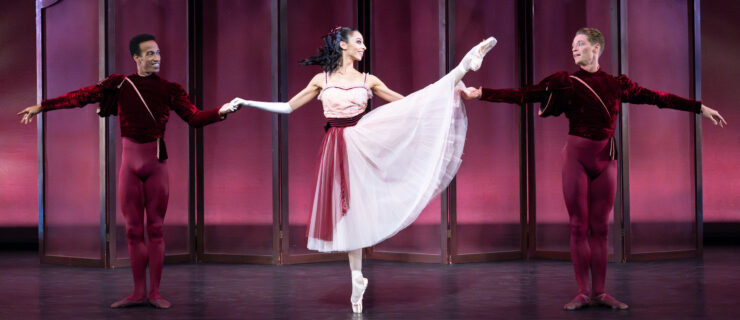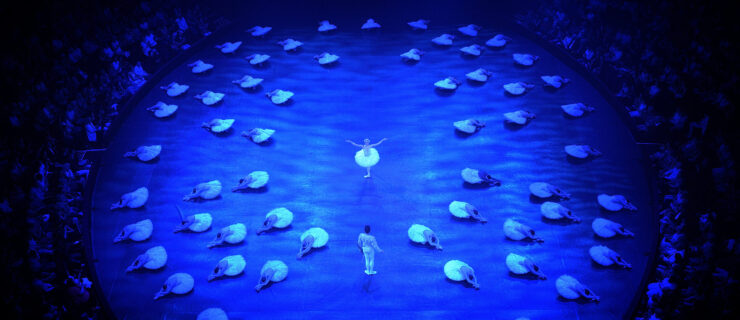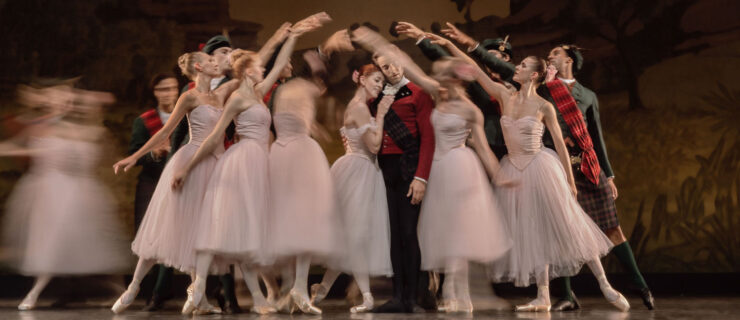Inside Prix de Lausanne: Raked Floors and Private Coaching
How does it feel to be a competitor at the Prix de Lausanne? It’s day three of the annual week-long competition in Lausanne, Switzerland, and the more than 70 dancers are managing long yet exhilarating days full of classes and coaching sessions, while being evaluated by a nine-member jury. On top of that, the students from North and South America, Asia and Australia have a major time difference to contend with. “The jet lag was okay at first, but now it’s starting to get to me,” says Nayeli Paez, 17, from Mexico. “It was so hard to get up this morning!”
Candidates for the 2017 Prix de Lausanne in an onstage class. Photo by Rodrigo Buas, Courtesy Prix de Lausanne.
And there’s another challenge: The stage is raked, or sloped towards the audience. On Monday, you could see the candidates struggle through their turns and jumps as they tried to adjust. “It’s really steep,” says 17-year-old Houston Ballet II dancer Caroline Perry. She’s performing Giselle’s Act I variation, which includes traveling hops on pointe. At the end, she says, “you’re going downstage, so you want to speed up or fall forward. I have to keep my weight back.” Fellow HBII dancer Andrew Vicseri, 17, learned a trick from his teacher: “If you look slightly up whenever you do turns or tours, it will put you on balance because it will help keep your weight back and project more.”
The competition’s week-long format has helped everyone grow more comfortable in class and onstage. This is especially true for the contemporary portion, which is given equal emphasis. By today, many of the boys were looking more confident for the judges in Didy Veldman’s contemporary class. (At one point, they even had to make crazy facial expressions in slow motion.) Each dancer is also receiving private coaching on both their classical and contemporary variation (a piece from John Neumeier’s repertoire). Paez, who moved to the U.S. to dance with HB II, notes that Hamburg Ballet ballet master Laura Cazzaniga helped give her solo from Nocturnes more artistic context. “She told me that I have to create my own story,” she says. “It’s a variation about dreams and memories, so I’m thinking of my home in Mexico and the memories that I’ve had there.”
Stanislaw Wegryzn being coached by Yohan Stegli in John Neumeier’s Vaslaw. Photo by Rodrigo Buas, Courtesy Prix de Lausanne.
Everyone I spoke with said that the best part of the Prix so far has been meeting new people from all over the world. “It’s just so magical, the atmosphere,” says 18-year-old Stanislaw Wegryzn of Poland, who hopes the competition will lead to a job offer. “I think in the future all of us will be dancing professionally, and all of us will be friends.”
Twenty finalists will be chosen on Friday, with finals taking place on Saturday, February 4. Both events will be broadcast via live stream at prixdelausanne.org.
For more news on all things ballet, don’t miss a single issue.





